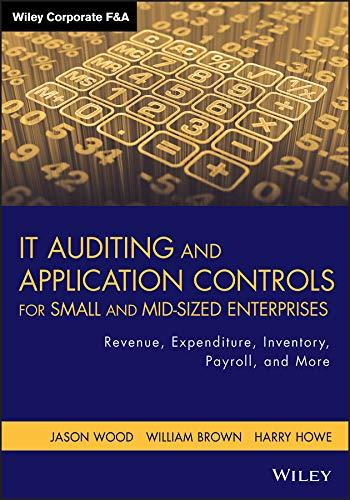Complete this question by entering your answers in the tabs below. Compute the following liquidity measures at August 2, 2020: 1. Working capital. Note: Enter your answers hi millions (i.e., 5,000,000 should be entered as 5). Negative amount should be indicated by a minus sign. 2. Current ratio. Note: Round your answer to 2 decimal places. 3. Acid-test ratio. Note: Round your answer to 2 decimal places. This problem is based on the 2020 annual report of Campbell Soup Company Required: a. Compute the following profitability measures for the year ended August 2, 2020: 1. Return on investment, based on net earnings (perform a DuPont analysis). 2. Return on equity, based on net earnings and total equity. 3. Price/earnings ratio. Use $4957 as the year-end market price. 4. Dividend yield. 5. Dividend payout ratio; b. Compute the following liquidity measures ot August 2, 2020. 1 Working capitat 2. Current ratio 3. Acid-test ratio. c. Compute the following activity measures for the year ended August 2, 2020: 1. Number of days' sales in accounts receivable, based on a 365 -day year. 2. Number of days' sales in inventory, based on a 365 -day year. 3. Accounts recelvable turnover. 4. imventory turnovec. 5. Tumover of net property, plant, and equipment. d. Compute the following financial leverage measures at August 2,2020 . 1. Debt ratio. 2. Debtlequity ratio e. Compute the folowing physical measures of Campbetrs profitability at August 2, 2020: (Noter Campbells 2020 annual report disclosed that on August 2, 2020, the company had opproximately 14,500 employees.) 1. Net sales per employee 2 Operating income per employeo. Complete this question by entering your answers in the tabs below. Compute the following physical measures of Campbell's profitability at August 2, 2020: (Not: In a page not reproduced in the appendix, Campbell's 2020 annual report disclosed that on August 2, 2020, the company had approximately 14,500 employees.) 1. Net sales per employee. 2. Operating income per employee. Note: Enter your answers in dollars. Round your answers to the nearest whole number. Compute the following profitability measures for the year ended August 2, 2020: 1. Return on investment, based on net eamings (perform a DuPont analysis). Note: Do not round your intermediate caiculations. Note: Round your percentoge answers to 1 decimal place (i.e., 0.123 should be entered as 12,3). 2. Return on equity, based on net earnings and total equity. Note: Round your percentage answers to 1 decimal place (l.e., 0.123 should be entered as 12.3 ). 3. Price/earnings ratio. Use $49.57 as the year-end market price. Note: Round 'Price/earnings ratio" answer to 1 decimal place. 4. Dividend yield. Note: Round your percentape answers to 1 decimal place (le, 0.123 should be entered as 12.3). 5. Dividend payout ratio. Note: Round your percentage answers to 1 decimal place (1.e., 0.123 should be entered as 12.3). Complete this question by entering your answers in the tabs below. Compute the following activity measures for the year ended August 2, 2020: 1. Number of days' sales in accounts recelvable, based on a 365 -day year. 2. Number of days' sales in inventory, based on a 365 -day year. 3. Accounts receivable turnover. 4. Inventory turnover. 5. Tumover of net property, plant, and equipment. Note: Do not round your intermediate calculations. Round your answers to 1 decimal place. Complete this question by entering your answers in the tabs below. Compute the following financial leverage measures at August 2, 2020: 1. Debt ratio. Note: Round your percentage answers to 1 decimal place (1.e., 0.123 should be entered as 12.3). 2. Debt/equity ratio. Note: Round your percentage answers to 1 decimal place (1.e., 0.123 should be entered as 12.3)












